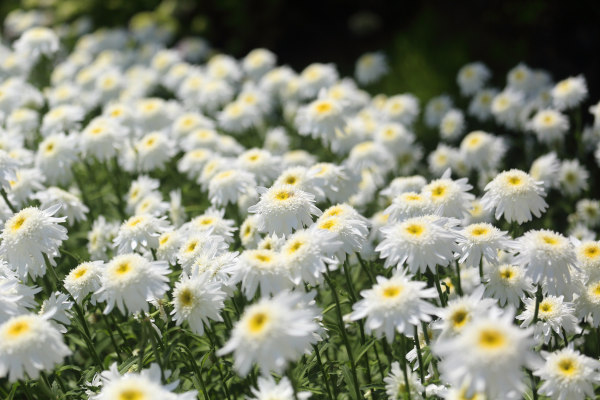How to grow Stokesia
This member of the daisy family consists of just one species; a compact perennial found growing naturally in the moist acidic soil around conifer woods in S.E. USA. It forms rounded cushions of rich, leathery, strap-like foliage which remain evergreen in mild winters. From midsummer to early autumn, these are joined by long-lasting, fringed cornflower-like flowers irresistible to pollinators. These may be white, pink, blue, or purple.
Stokesia is grown for its reliable, floriferous nature, and is also a popular cut flower with an impressive vase life. It is sometimes known by the common name Stoke’s aster.
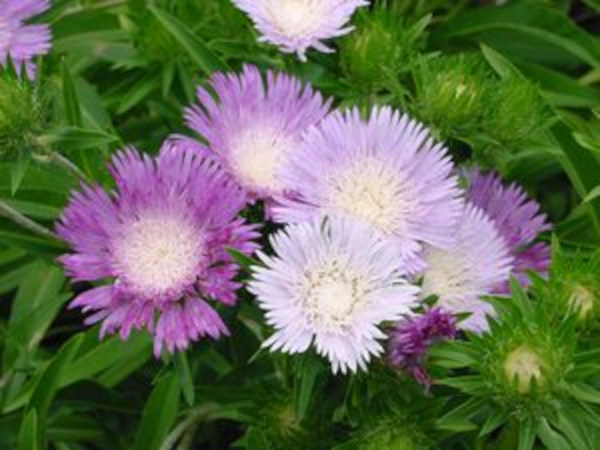
Zantedeschia is a genus of flowering plants from the family Araceae and is native to southern Africa. With a rich history dating back to the Ancient Romans, these deciduous or semi-evergreen perennials have been used as a symbol of celebration. Zantedeschia was Named after Professor Giovanni Zantedeschia, an Italian botanist.
There are two main forms of Zantedeschia: hardy and tender. Hardy forms of the plant can be grown outdoors, enjoy moist soil and full sun or partially shaded conditions - these are known as Arum lilies. Tender forms of Zantedeschia prefer being grown in containers or pots and should be brought inside over the winter - these are known as Calla lilies.
With tuberous flora in all colours from whites, yellows and oranges to deep reds and purples, Zantedeschias are not to be overlooked in any garden, as long as they have sufficient sunlight to grow in.
Ready to learn more about growing Zantedeschia? Read on for all there is to know...

Key Information
Soil pH
Position
Hardiness

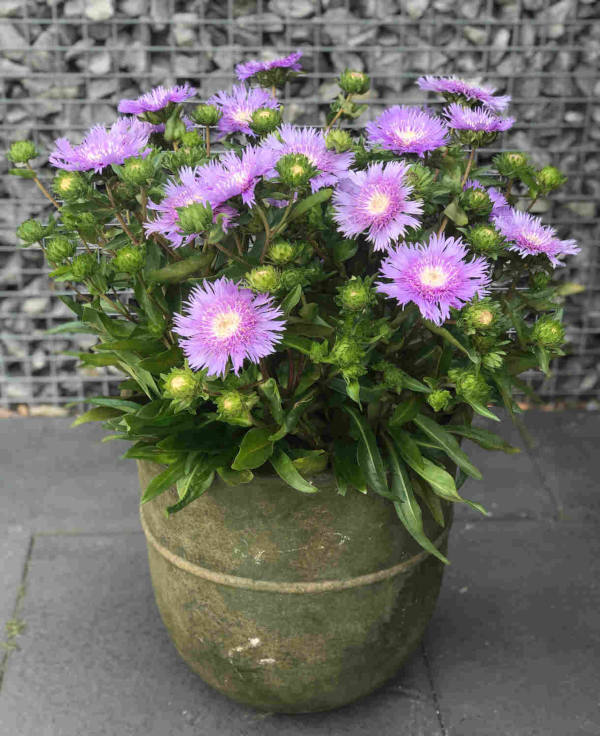
Where & when to plant Stokesia
Position - A warm, sunny spot
Soil - Light, fertile, moist, well-drained, and acidic. Avoid waterlogged conditions which are likely to cause rotting.
Flowering Period - Summer to early autumn
Hardiness - Hardy to between -5° and -10°C
For best results, plant in autumn or spring. An autumn planting can be done by those gardening in mild conditions (and broadly speaking, this is the southern half of the UK). For those liable to cold winters, it is best to wait until spring (generally the northern half of the UK). Planting can also be carried out in summer, though be prepared to water regularly.
Stokesia is perfect for using towards the front of an herbaceous border or makes a handsome container plant. It is also a good choice for a wildlife garden given the popularity of its flowers amongst bees, butterflies, and hoverflies.
How to plant Stokesia
In the ground
- Clear the chosen area of weeds.
- Dig a planting hole several times larger than the root ball, mixing in plenty of well-rotted organic matter. If your soil is on the heavy side, add a handful or two of horticultural grit.
- Place the plant in the hole, ensuring the top of the root ball sits level with the surface of the soil. Too low and the plant may rot, too high and the roots can dry out.
- Backfill with soil and firm in gently.
- Soak well with water.
- Mulch around the base with well-rotted organic matter.
In a container
- Choose an appropriate container, ensuring there are plenty of drainage holes.
- Use a good quality potting compost with a little horticultural grit mixed in, and, if not already present in the compost (check the description on the bag) some slow-release plant food.
- Start by partially filling the pot with compost; enough so that when placed on it the upper surface of the root ball is about 3cm lower than the top of the pot.
- Infill all the space surrounding the root ball with compost, firming down with your fingers then adding a little more so the plant is held tight.
- Pick up the pot and lightly tap on the potting bench or ground a few times to help further settle the compost around the plant.
- Soak well with water.
- A mulch with horticultural grit will look attractive and help to prevent a ‘cap’ or crust forming on the top of the compost (something container plants can suffer due to the artificial nature of their watering).

What to plant with Stokesia
We love stokesia in a classic cottage garden style border, crammed in cheek by jowl with companions such as leucanthemum, phlox, echinacea, lavender, verbena, and salvia. Perfection!
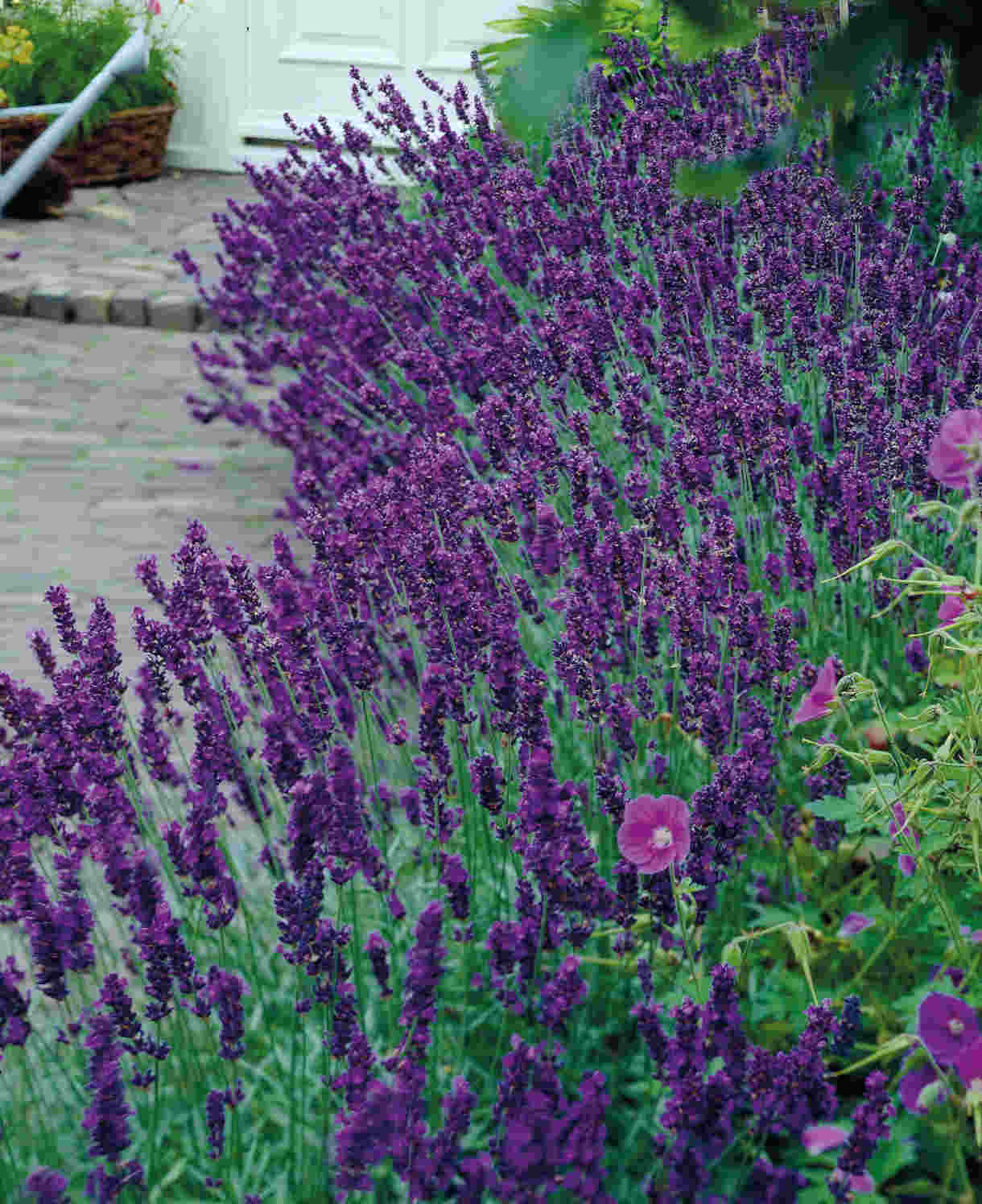
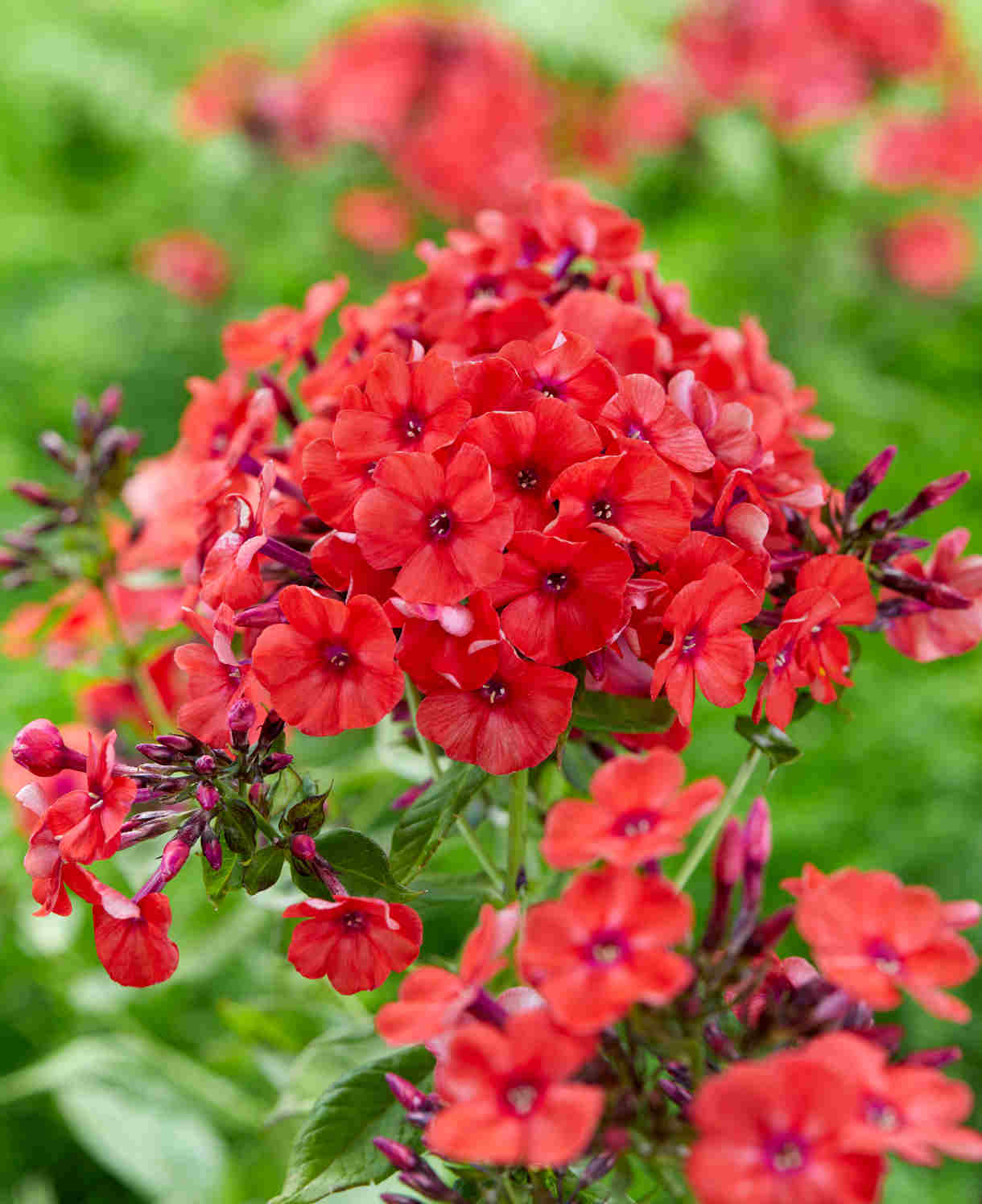
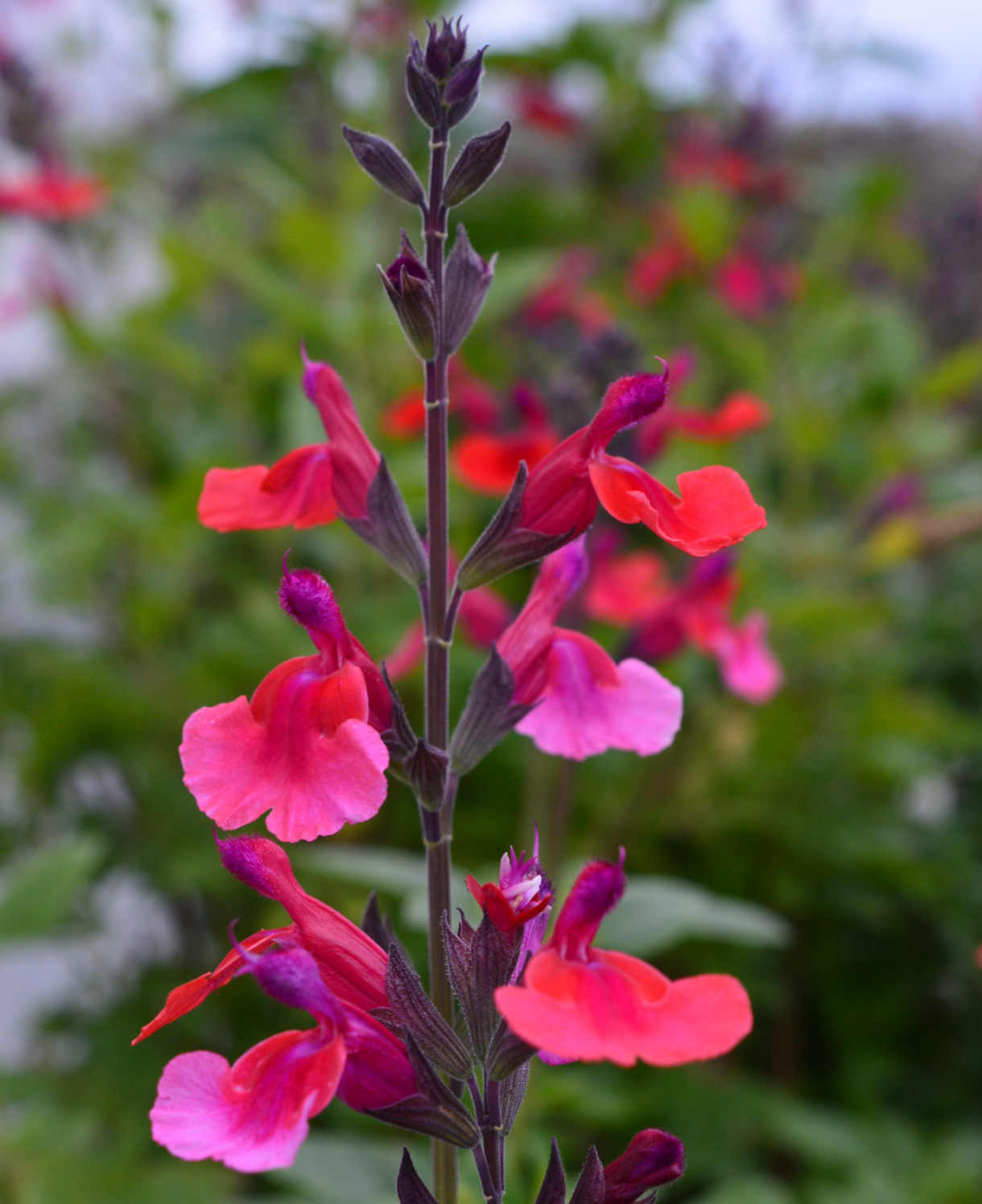
How to care for Stokesia
Pruning and Deadheading
Deadhead regularly to encourage further flowering.
Tidy up foliage in spring when the new leaves emerge.
Watering
Keep well-watered until established, and then in very dry periods thereafter.
Container-grown stokesia will require regular watering throughout the growing season.
Cold Protection
Stokesia is hardy to between -5° and -10°C, and so able to cope with the average UK winter without the need for additional protection. In areas of severe winters, a deep, dry mulch will help to protect the crown. Bark chipping or bracken are ideal.
Pests and Diseases
Stokesia tends to be problem-free.
How to propagate Stokesia
Stokesia will readily self-seed, though for quicker results it is best propagated by lifting and dividing existing plants in spring. Not only does this provide new plants, but it also breathes new life and vigour into existing clumps. Aim to leave at least three years between each act of division.
- Choose a day when the soil is not frozen or waterlogged.
- Dig the plant out of the ground.
- Shake off any excess soil.
- Separate the plant into sections using either swift, cutting blows with a sharp spade, or two forks inserted back-to-back with tines touching, handles then pushed together to prise the plant apart.
- Discard old, damaged, or surplus pieces, keeping healthy, vigorous material.
- Replant decent-sized pieces where desired, and any smaller bits can be potted up.
- Water well until fully established.
Common Stokesia questions
Is stokesia related to cornflowers?
Yes, both are members of the daisy family – Asteraceae.
Is stokesia a perennial?
It is. In mild winters its leaves can be evergreen, though when temperatures drop significantly it is likely to lose them. Either way, it can be expected to remain in the garden for many years.
Is stokesia resistant to deer and rabbit?
Yes! In fact, this robust and reliable perennial tends to remain untroubled by most pests and diseases.
Is stokesia easy to grow?
Fabulously so. This is one of our top recommendations for long-flowering perennials which thrive with the minimum of fuss.
